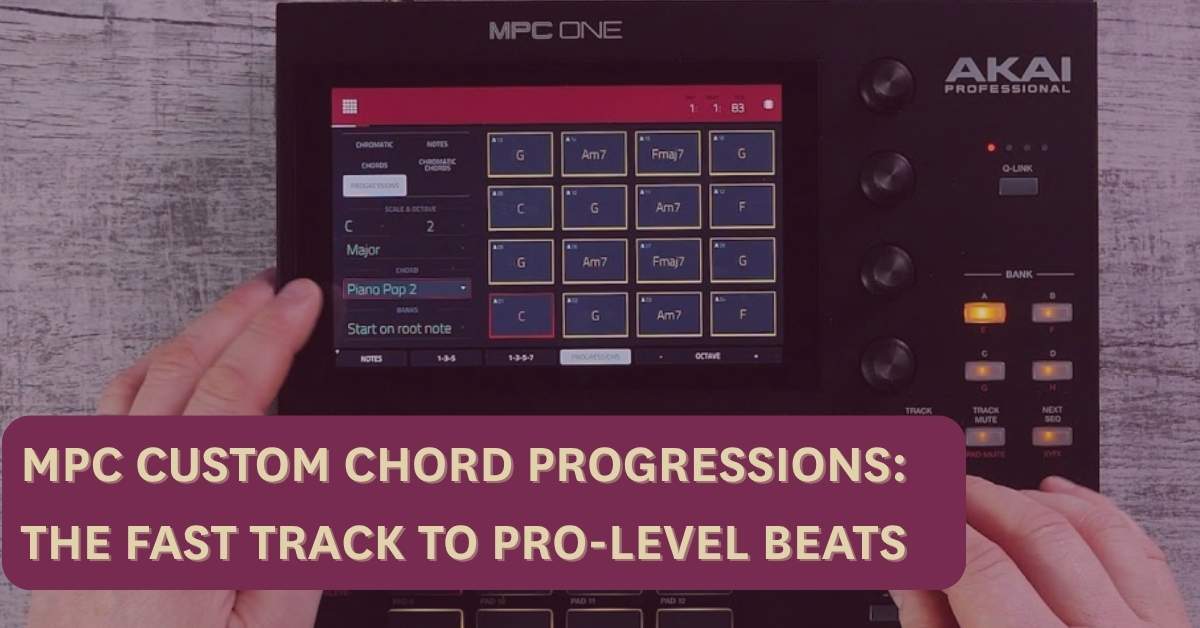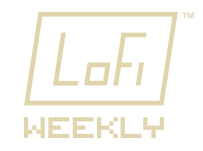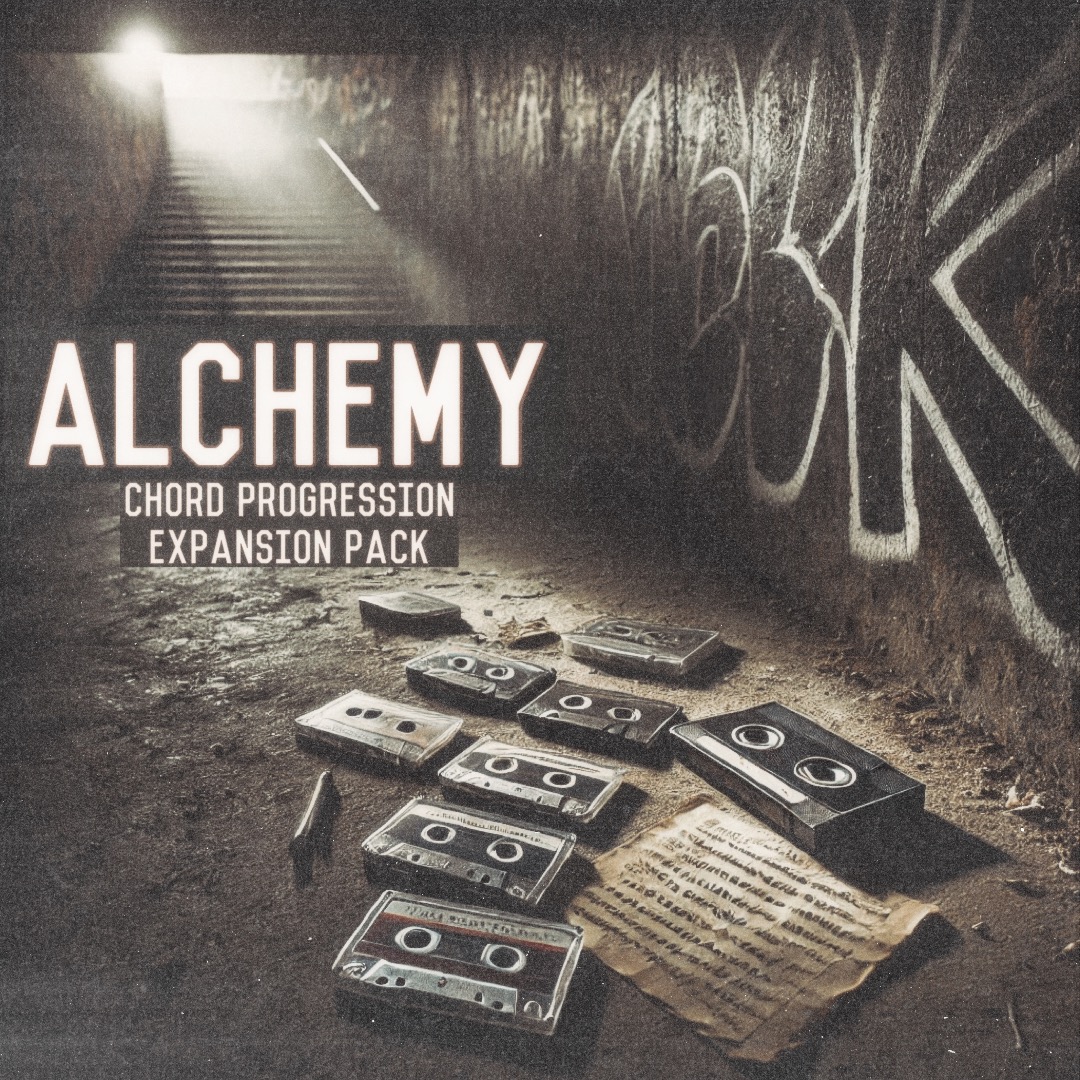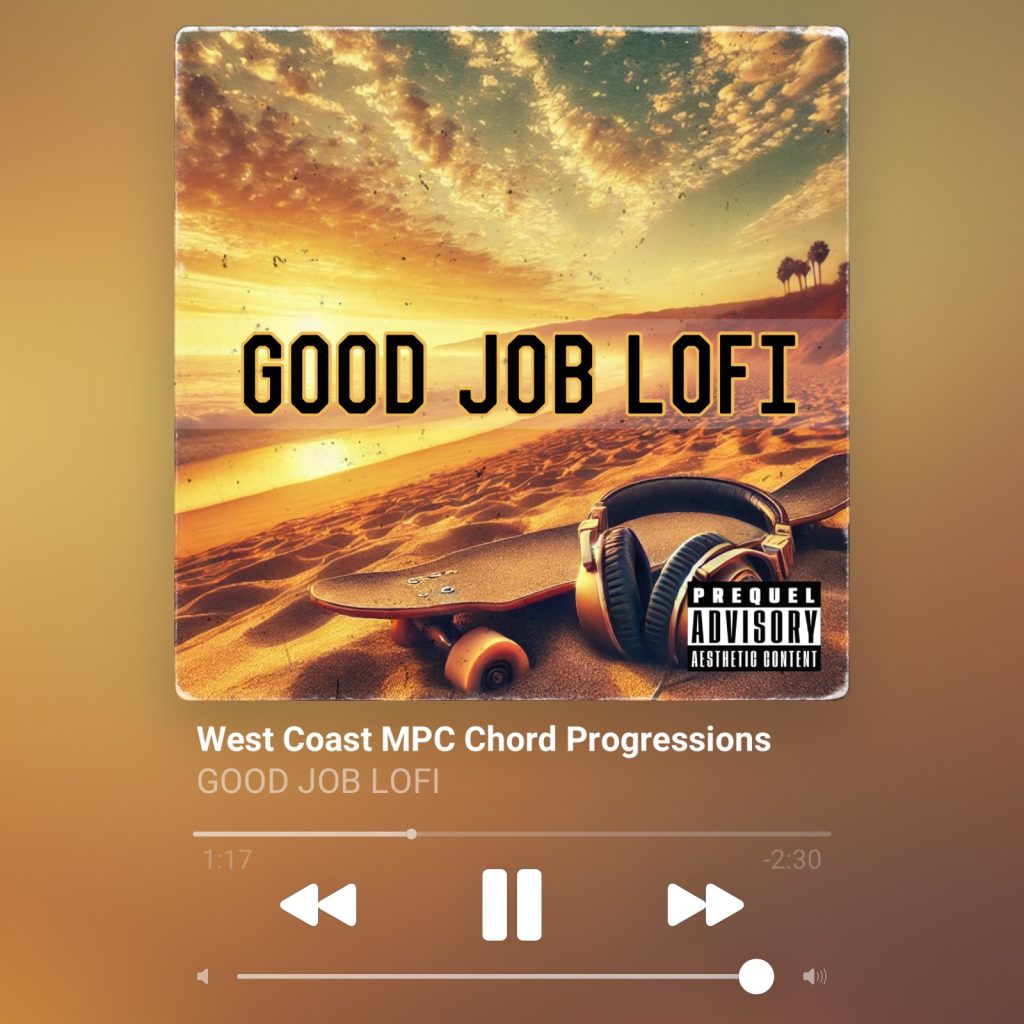MPC Custom Chord Progressions: The Fast Track to Pro-Level Beats

Turn Pad Perform into a songwriting engine.
Why Custom Chord Progressions Matter on the MPC
When producers talk about an MPC they still tend to picture the classic box that lived beside a crate of dusty records. That reputation is deserved, yet it is starting to feel dated. The current hardware family—MPC Live 2, One +, X, Key 61 and even the Force—ships with MPC OS 3.x, a firmware that turns the unit into a self-contained workstation. Synth engines sit next to the traditional sampler, granular and effects run in real time, and a linear Arranger view makes it possible to finish a song without touching a laptop. Akai even lets you update the firmware over Wi-Fi or grab the installer directly from its support page.
That extra power raises a practical question: if the box can create any sound imaginable, how do you keep your writing sessions from stalling at bar one? The answer usually begins with harmony, and on an MPC the fastest route to harmony is a set of custom chord progressions loaded straight into Pad Perform.
From “What Key Am I In?” to a Finished Groove
A chord progression is simply a sequence of chords that create movement, mood, and momentum. Even if you’re not trained in music theory, your beats already rely on harmony—whether it’s pitching a sample up three semitones or stacking pads into a layered loop. Harmony is already there. You’re just doing it by ear.
Custom chord packs make that process intentional. Instead of dragging notes across a grid or jamming in a random key, you can load a progression that’s already structured, expressive, and tailored to the style you’re after. These aren’t just MIDI files—they’re formatted for Pad Perform mode, meaning each chord is playable across pads, instantly responsive, and key/scale aware. Think of it like a stripped-down but expressive instrument: one chord per pad, ready to go, with no guesswork or plugin routing.
Whether you’re after a laid-back West Coast vamp, a moody boom-bap minor loop, or something cinematic and trap-adjacent, custom chord packs provide you a harmonic foundation you can build on in seconds.
Closing the Producer’s Gap
Most producers carry two distinct versions of themselves: the one they hear in their head and the one sitting in front of the gear. The distance between those two versions is the producer’s gap. Chord packs shorten that distance. They drop the harmonic vocabulary of artists such as Larry June, Westside Gunn, Metro Boomin, and The Alchemist right into the session so you can spend the afternoon crafting drums, textures, and arrangement rather than wrestling with voicings.
The effect is obvious in practice. Load a soul-soaked progression, loop eight bars, and the drums almost place themselves. Replace the Rhodes with the built-in Hype Synth, resample the chord bus through a cassette emulation, and the track suddenly feels deliberate rather than experimental. Workflows accelerate, but they also teach: after a few weeks the ear starts to recognise why a Lydian lift gives West Coast chords their sunshine or why a quick tritone substitution makes a boom-bap loop feel unresolved until the snare lands.
How It Works on the MPC
Getting a pack onto the MPC takes less than a minute in real time and requires no extra software. All you need to do is create a folder called Progressions in the root directory of your MPC’s SD card, SSD, or internal drive. Drag and drop the pack into that folder, and you’re done. When you open up Pad Perform, the new progressions will be available instantly, with no extra setup required.
Why These Packs Still Work—Even Though They’re Just MIDI
At their core, these chord progressions are static MIDI files. There’s no built-in timing, swing, or velocity data—just carefully chosen voicings laid out for Pad Perform use. But what sets them apart isn’t complexity—it’s context.
Each progression is inspired by actual harmonic movements found in the styles of artists like Larry June, Metro Boomin, Westside Gunn, and others. They’re not just generic triads or recycled jazz theory exercises. These chords are chosen for how they function inside real-world beats—when looped, chopped, resampled, or layered.
By formatting them for Pad Perform, you get a playable layout where each chord sits on its own pad, ready to be triggered however you want—manually, or sequenced. You decide the rhythm, feel, and swing. That flexibility is the point: it gives you a strong starting point without locking you into someone else’s groove.
Think of these packs less like finished pieces and more like harmonic ingredients—easy to drop in, fast to flip, and intentionally neutral so they don’t compete with your sound.
Try It for Yourself
The fastest way to see the difference is to grab the Ultralight Chord Pack. It contains thirty royalty-free progressions that cover major, minor, and a few modal surprises. Drop one into Pad Perform, layer SP-style drums, and watch how quickly a loop turns into the skeleton of a track. If it sparks something, the genre-specific collections—Trap Essence, Good Job LoFi, and Soulful Seventies among others—are ready for deeper digging.
Where to Go Next
If you’re used to building beats around samples or drum patterns, starting with harmony might feel unfamiliar—but it’s one of the most reliable ways to unlock new ideas. These custom chord packs aren’t about shortcuts; they’re about removing friction. By loading in a structured progression that fits your style, you can stay focused on the creative choices that actually shape your sound—groove, texture, arrangement.
Harmony won’t finish the track for you, but it clears the path. When the chords are right, drum swing, bass movement, and melodic layers tend to fall into place faster. And in 2025, with the MPC more powerful than ever, that kind of momentum is exactly what helps turn a few pads into a finished track.


